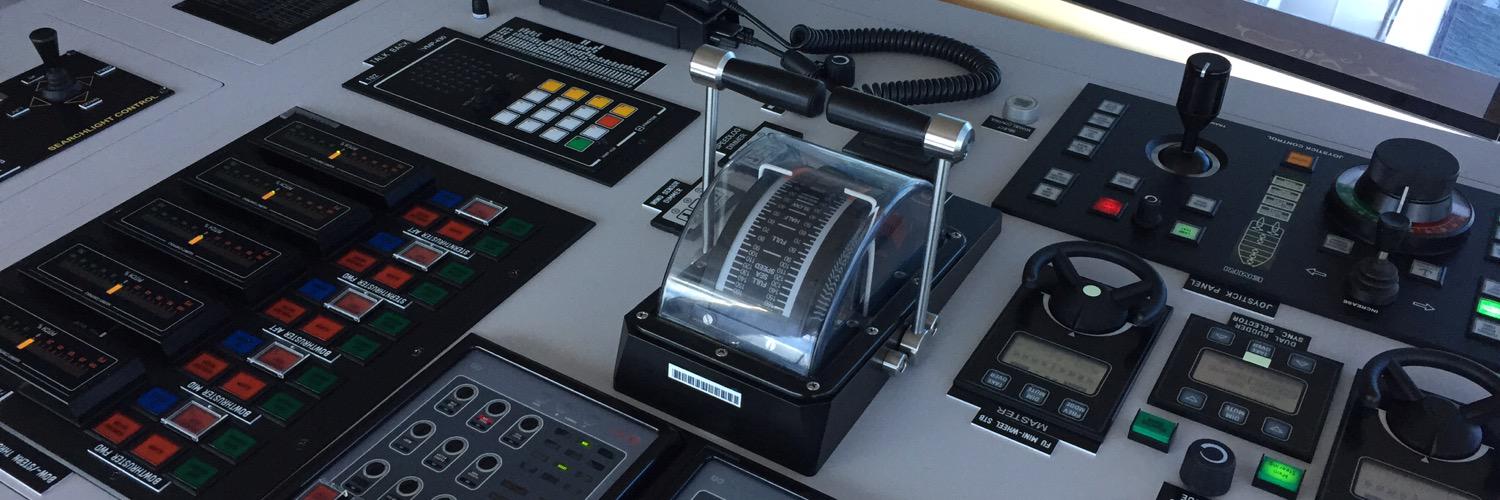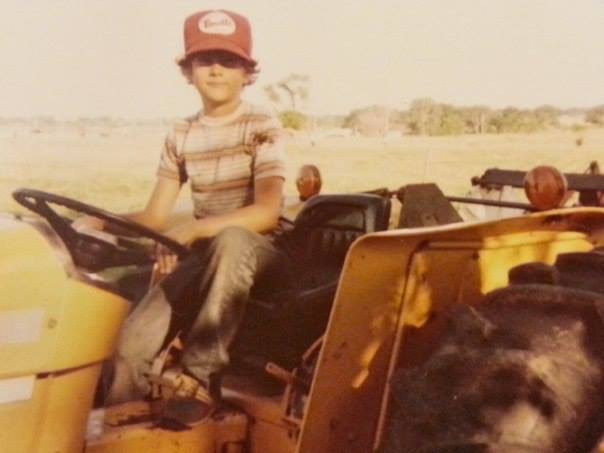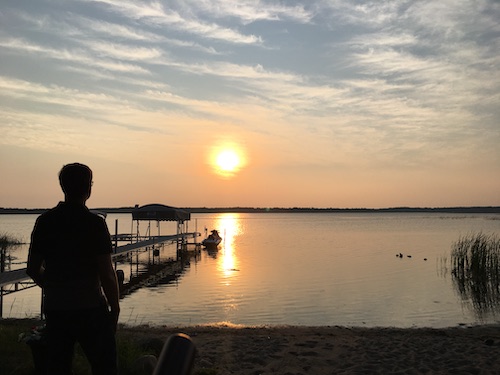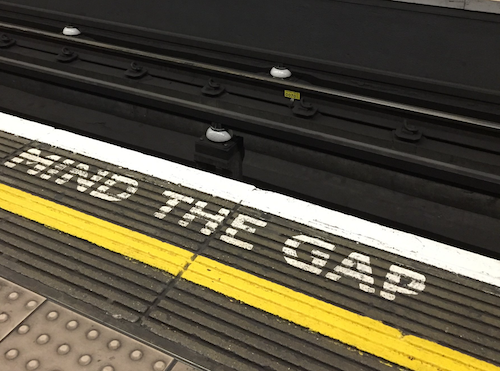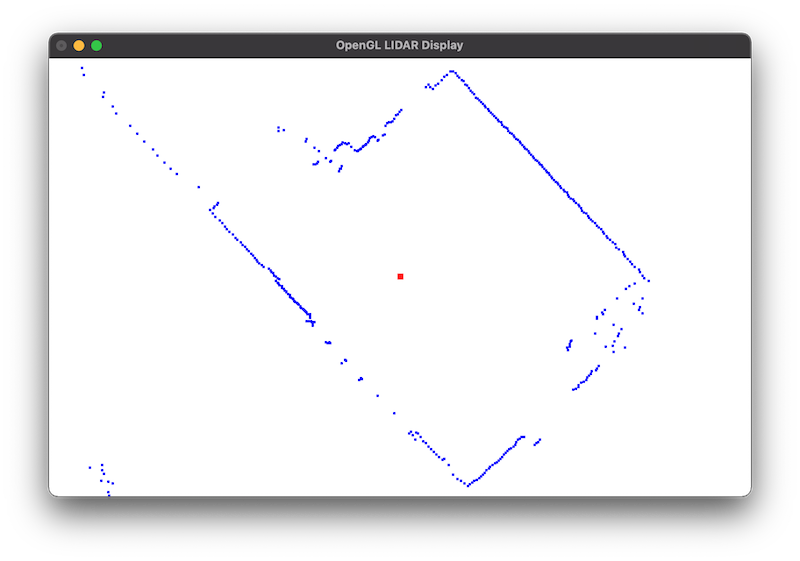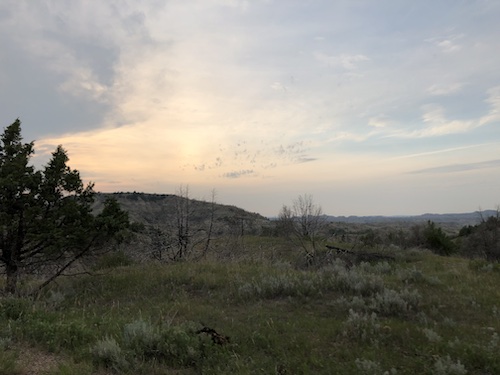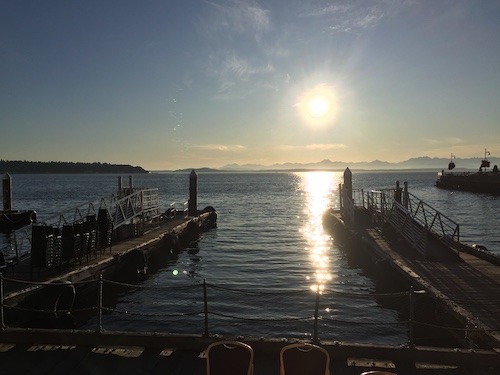It was a hot and humid summer day. My hands were sweating and it wasn’t just because of the heat. It was my first job and I was terrified. I had been hired by Calvin, a local farmer, to help mow and bale hay on his fields. He had hundreds of acres, some cattle, horses and a barn. We were standing in a field with tall grass that was nearly up to my armpits. I was listening intently to his instructions. Parked before us was a huge yellow beast. The enormous tractor had towering wheels that were as tall as my scrawny 12-year-old self. I kept thinking, “This is a really bad idea!”
“You can do it! Climb up,” Calvin said enthusiastically with a broad smile. I climbed up the yellow mountain and sat in the well-worn black leather seat. I could hear and feel my heart pounding in my ears. He climbed up next to me. “Now step on the clutch and turn the key.” He pointed at the big metal petal on the left.
My leg was shaking uncontrollably as I stepped on the clutch. The pedal went down with a loud satisfying clunk. My relief was short lived as the pedal pushed back at me with enormous force. It reminded me of one of those spring riders you could sit on as a kid at the McDonalds playground. Just about the time you thought you had wrestled it to the ground, it would whiplash you back up with incredible speed. The same happened with the pedal. It literally shot me out of the seat. Calvin burst out laughing. I grabbed the steering wheel with my sweaty hands. Using that leverage, I was able to mash the pedal down again. It stayed! “Good job!” he exclaimed, “Now turn the key.” I did. The entire beast roared to life. I was somewhat relieved to think that my nervous shaking was suddenly masked by the bone jarring violent rattling of this yellow dragon. Calvin began working a lever on the console that revved up the engine. “You want to set it at this RPM,” he said, pointing at the tachometer. It smoothed out.
“Now, put it in first gear,” Calvin motioned to the gear shift, “and let out the clutch slowly.” My brain refused to accept those instructions. I managed the gear shift, but there was absolutely no way there would be any “slowly” about my ability to let out the clutch. The death grip I had on the steering wheel had turned my knuckles white. “You can do this!” he coaxed. The next part is a bit blurry in my memory. I tried. My foot edged back slowly, shuddering and shaking, until my muscles finally surrendered. Pow! Kaboom! The leviathan leaped forward nearly hurtling Calvin and I off the beast. But thankfully, it stopped as suddenly as it began. I had popped the clutch and killed the engine. I was convinced I had also just emptied my entire bladder in the well-worn leather chair. My face was flush and I didn’t know if I should laugh or cry. I was sure I broke it and Calvin was going to be angry. I looked over at Calvin. He was laughing so hard he couldn’t breathe. I laughed too.
“Well, son, we are going to need to build up the muscles in those skinny legs of yours before we can get much further,” Calvin said with a grin. With a glimmer in his eye, he added, “You will be driving that thing before you know it!” I was given instructions to sit on the yellow beast and just work on pushing down the clutch until I could do it smoothly. “I’ll come back for you at lunch.” Calvin jumped off and headed to the barn.
Needless to say, I was relieved. I followed his instructions until I could execute it without failure. He was right. It wouldn’t be long before I was mowing and baling hay. I worked all summer and even returned to help the following summer. Calvin made a big impression on me. He taught me how to drive a tractor, but more importantly, he taught me about encouragement and trust. I think back to those moments where I was afraid, uncertain and unskilled, yet I had a friendly guide who believed in me. He firmly and patiently encouraged me to go beyond my ability and do something greater, something I didn’t even believe I could do myself. He taught me to face my fear and turn setbacks along the way into humor and teachable moments.
I’ll always remember that big yellow beast, my somewhat soiled pants and those dusty hot summers on the farm. But most of all, I will remember Calvin. He taught me the power of encouragement and trust. Be a Calvin. Encourage someone today!
